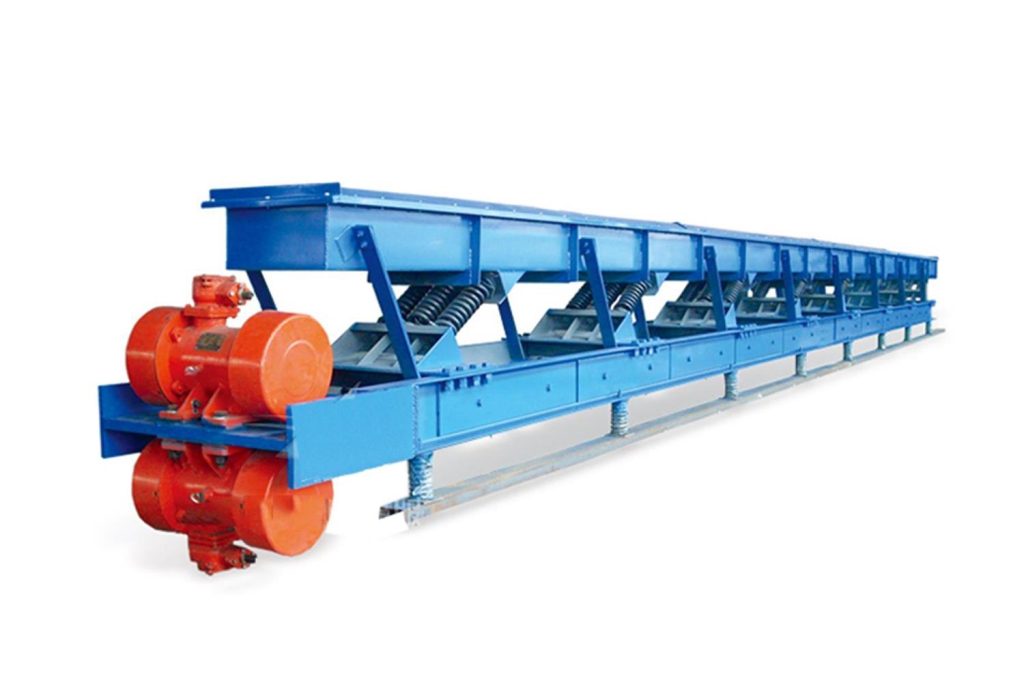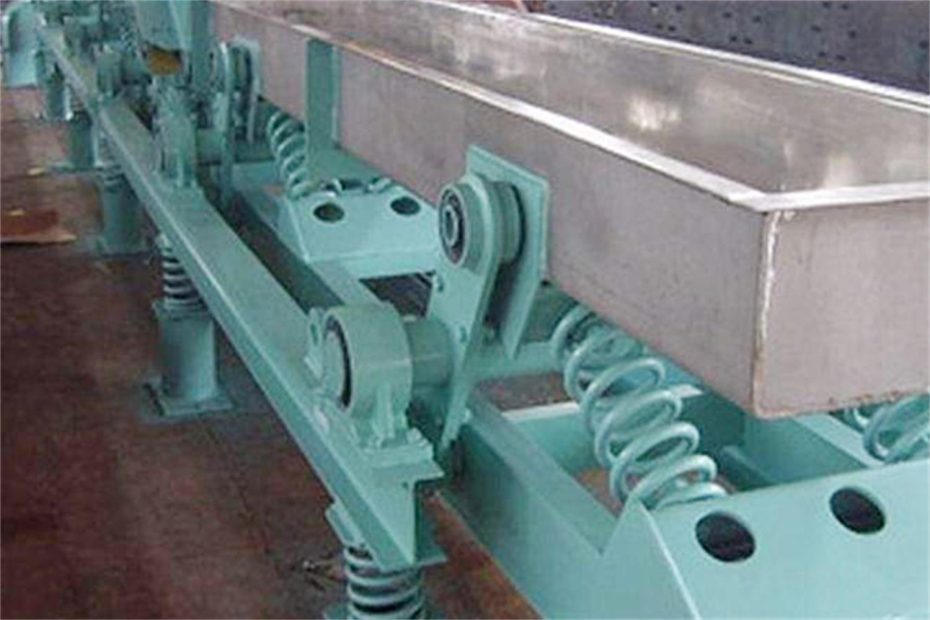Conveyors play a vital role in material handling systems, facilitating the efficient and reliable movement of goods and materials in various industries. When considering conveyor options, energy consumption is a key factor to evaluate. In this article, we will explore the energy consumption of vibrating conveyors in comparison to other types of conveyors. By examining their working principles, energy requirements, and operational characteristics, we can gain insights into the energy efficiency of vibrating conveyors and their suitability for different applications.
Overview of Vibrating Conveyors
Vibrating conveyors utilize vibratory motion to transport bulk materials. They consist of a trough or tube that is supported by springs, coils, or other means, which oscillate or vibrate to move the material along the conveyor path. Vibrating conveyors offer advantages such as gentle material handling, minimal product degradation, and versatility in conveying various types of materials.
Working Principle of Vibrating Conveyors
Vibrating conveyors operate by imparting vibratory motion to the conveyor trough or tube, causing the material to move forward in a controlled manner. The vibratory motion is generated by a vibrating drive system, which typically consists of an electric motor and eccentric weights or a vibratory mechanism. The vibrating motion can be adjusted to suit specific conveying requirements.
Energy Consumption of Vibrating Conveyors
Power Requirements :Vibrating conveyors typically require a power source to drive the vibrating motion. The power consumption of vibrating conveyors depends on factors such as the conveyor length, material load, vibration amplitude, and frequency. The power requirements may vary for different applications and operating conditions.
Energy Efficiency Considerations
- Gentle Material Handling: Vibrating conveyors are known for their gentle handling of materials, minimizing product degradation. This characteristic reduces the need for additional energy-consuming processes to repair or replace damaged materials.
- Variable Speed Control: Vibrating conveyors offer the flexibility of adjusting the conveying speed to match the specific material and process requirements. By optimizing the speed, energy consumption can be reduced when conveying lighter loads or when the process allows for slower conveying speeds.
Comparison with Other Conveyors
To evaluate the energy consumption of vibrating conveyors in relation to other conveyor types, it is essential to consider the specific characteristics and operational requirements of each conveyor system. The following comparisons provide insights into the energy efficiency of vibrating conveyors in relation to other common conveyor types:
Belt Conveyors
- Energy Consumption: Belt conveyors typically require a significant amount of energy to overcome the frictional resistance between the belt and pulleys or rollers. The energy consumption increases with longer conveyor lengths and higher material loads.
- Comparative Considerations: Vibrating conveyors can offer lower energy consumption compared to belt conveyors, particularly when conveying lighter loads or when the process allows for slower conveying speeds. However, the specific application requirements and material characteristics should be considered when selecting the most energy-efficient conveyor type.
Screw Conveyors
- Energy Consumption: Screw conveyors rely on rotational motion to transport materials along a helical path. The energy consumption of screw conveyors depends on factors such as the screw diameter, pitch, rotational speed, and material properties.
- Comparative Considerations: Vibrating conveyors can offer comparable or even lower energy consumption compared to screw conveyors, especially when conveying materials that do not require significant axial thrust or when gentle handling is a priority.

Top 3 Application Considerations
- Load Characteristics :Different conveyors may be more suitable for specific load characteristics. For example, vibrating conveyors are well-suited for transporting fragile or delicate materials, while belt conveyors are often preferred for heavy or bulky items. Consideration should be given to the specific load characteristics and the energy requirements associated with handling those loads.
- Process Requirements :The specific process requirements, such as speed, throughput, and material compatibility, should also be considered when selecting a conveyor type. It is essential to evaluate the energy consumption in relation to the process efficiency and overall system performance to achieve the optimal balance.
Conclusion
The energy consumption of vibrating conveyors is influenced by various factors, including the conveyor design, operating conditions, material characteristics, and load requirements. While vibrating conveyors can offer energy efficiency advantages, it is important to assess the specific application requirements and compare them with other conveyor types. By considering factors such as load characteristics, process requirements, and overall system performance, operators can make informed decisions regarding the most energy-efficient conveyor solution for their material handling needs.
